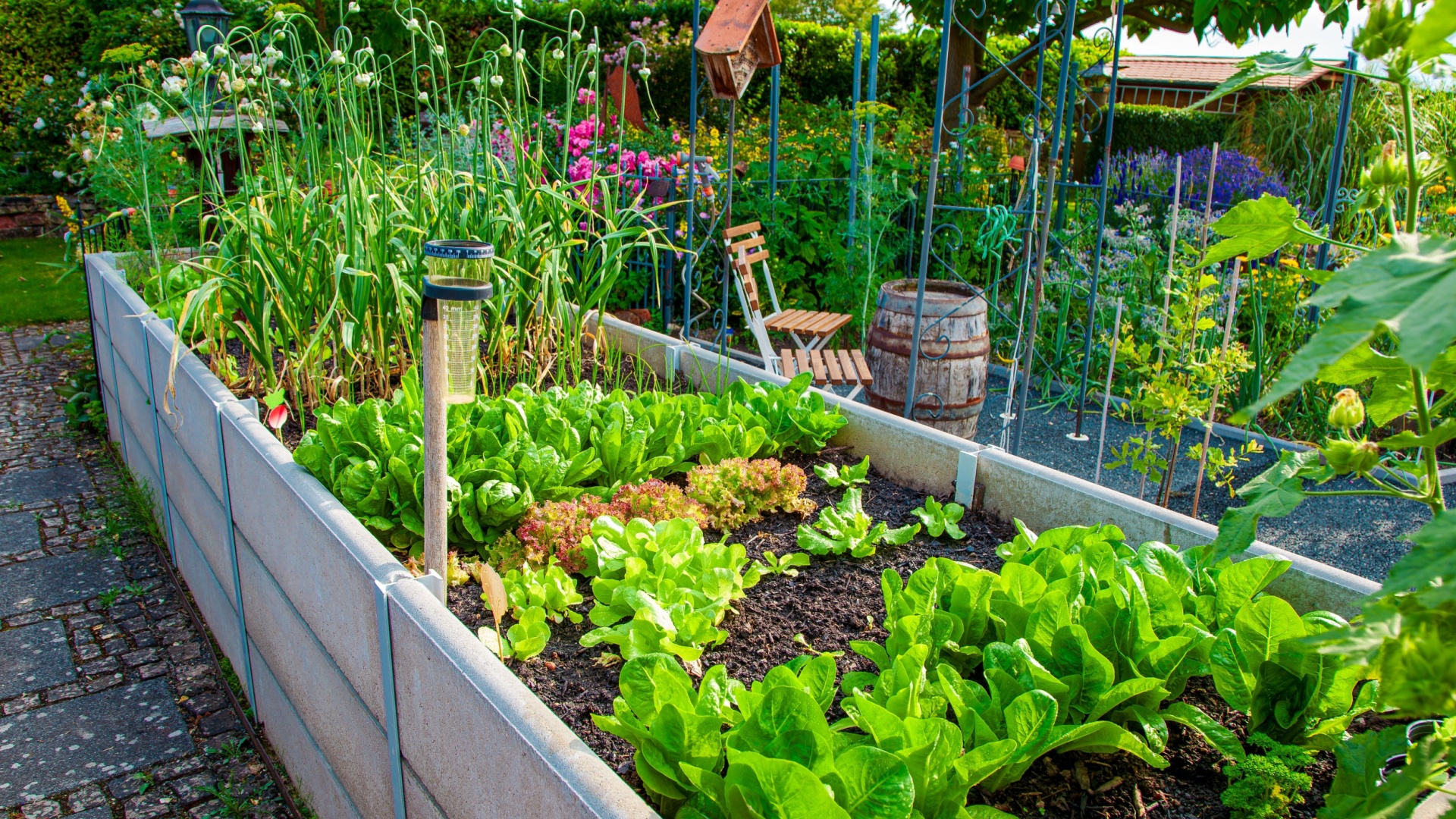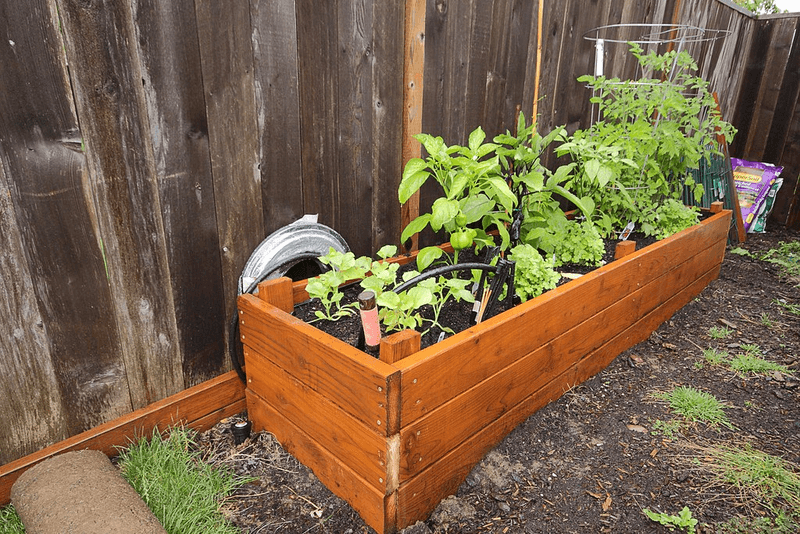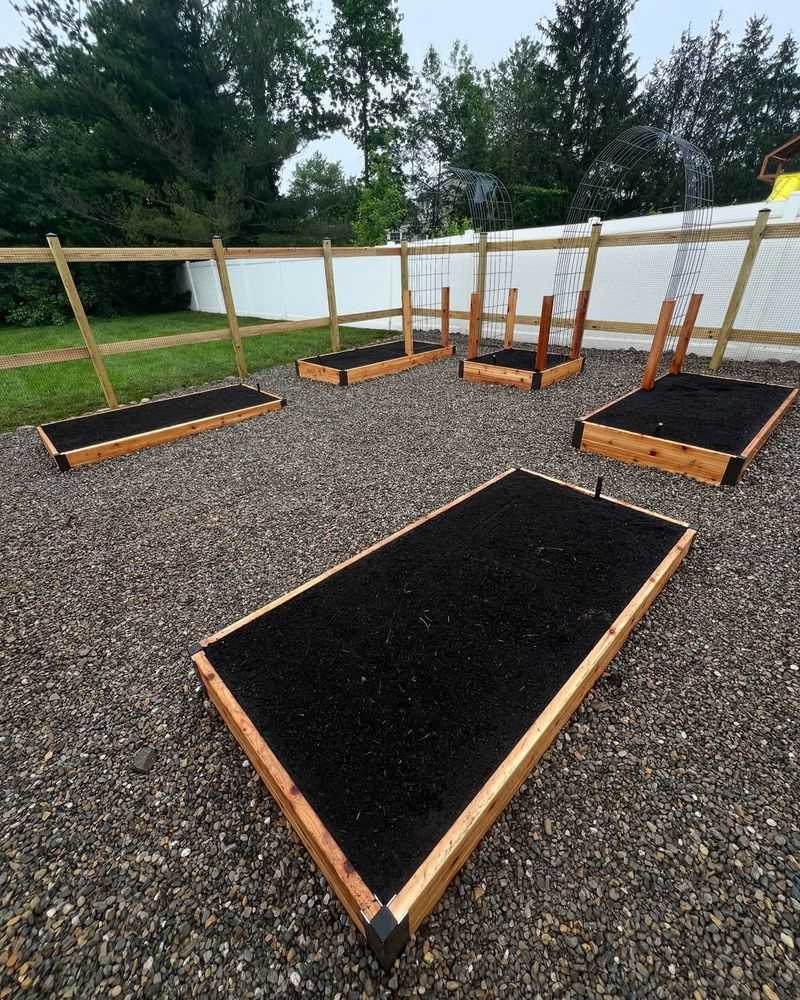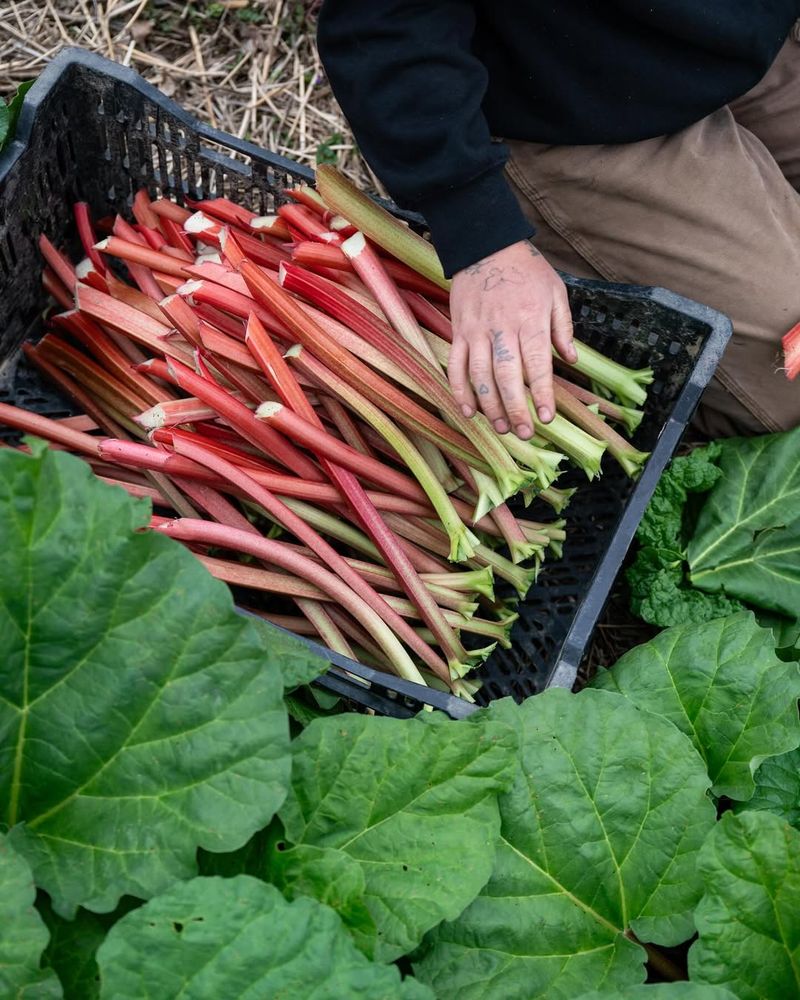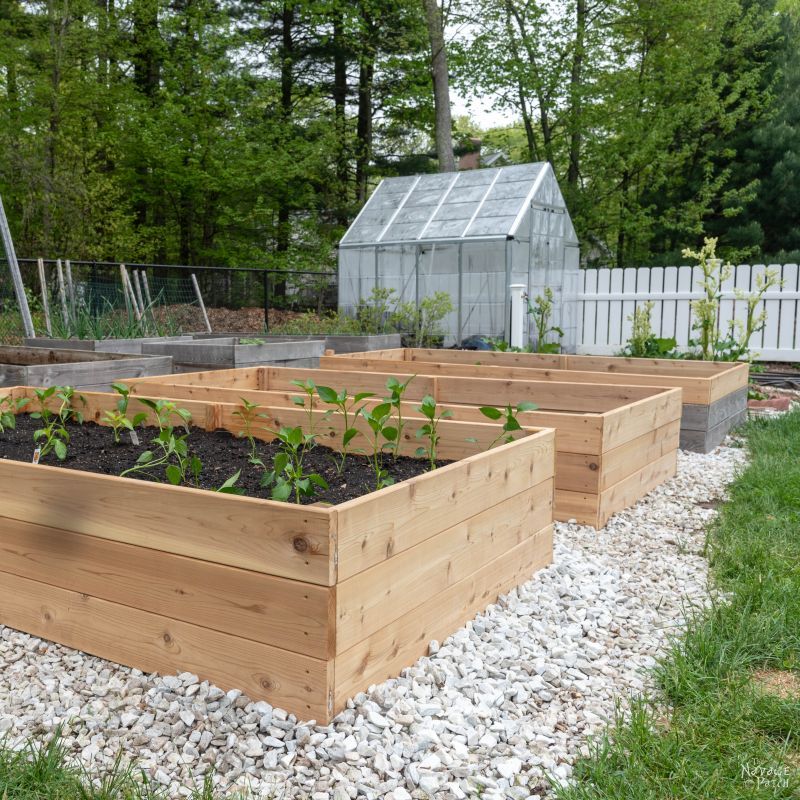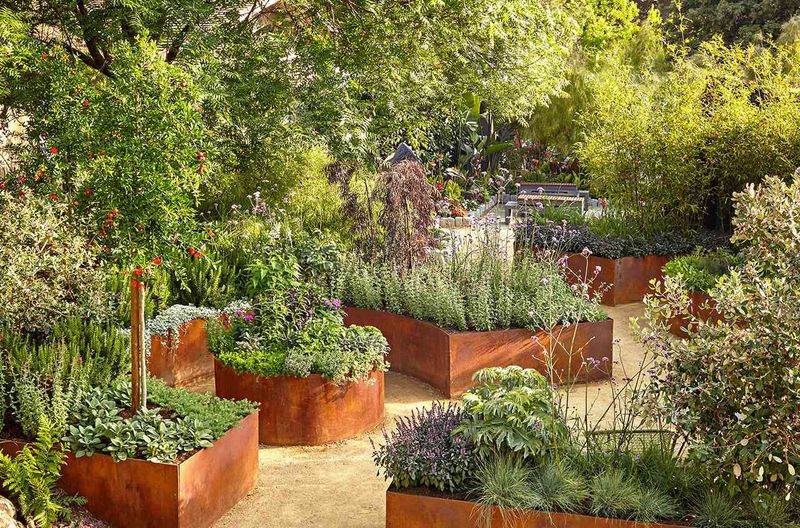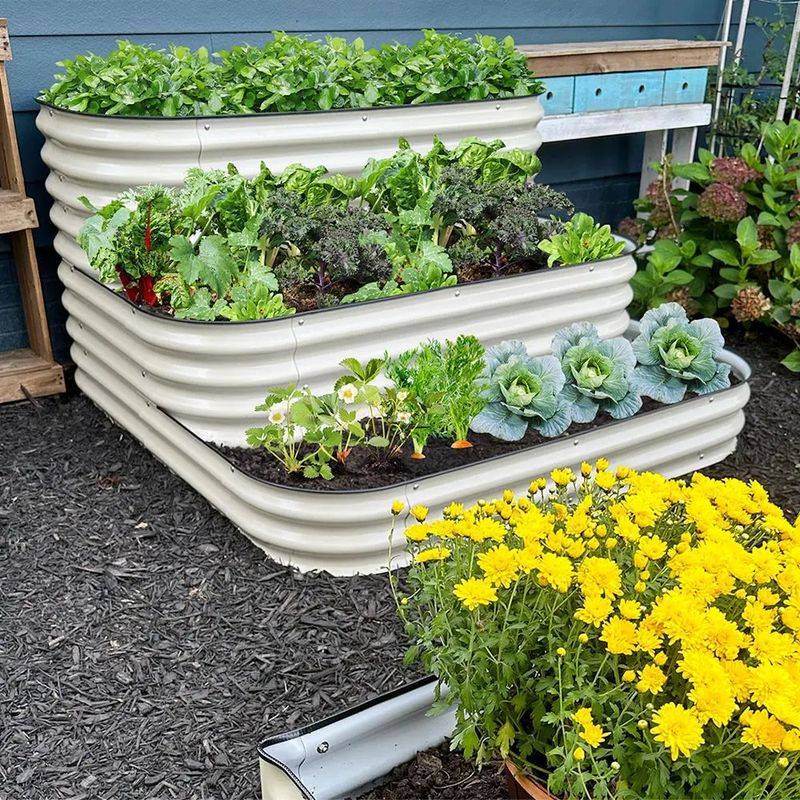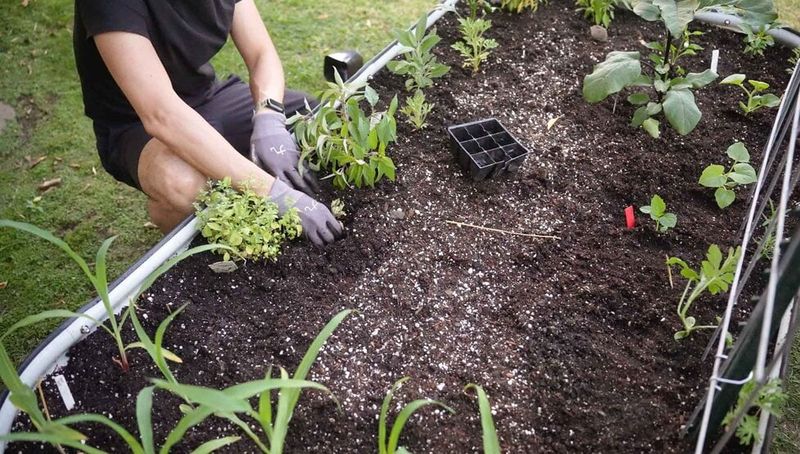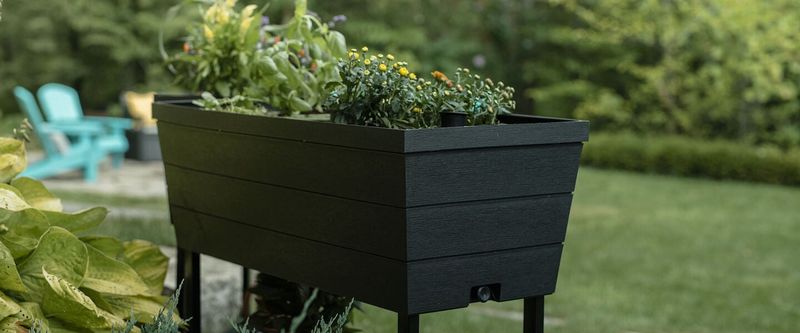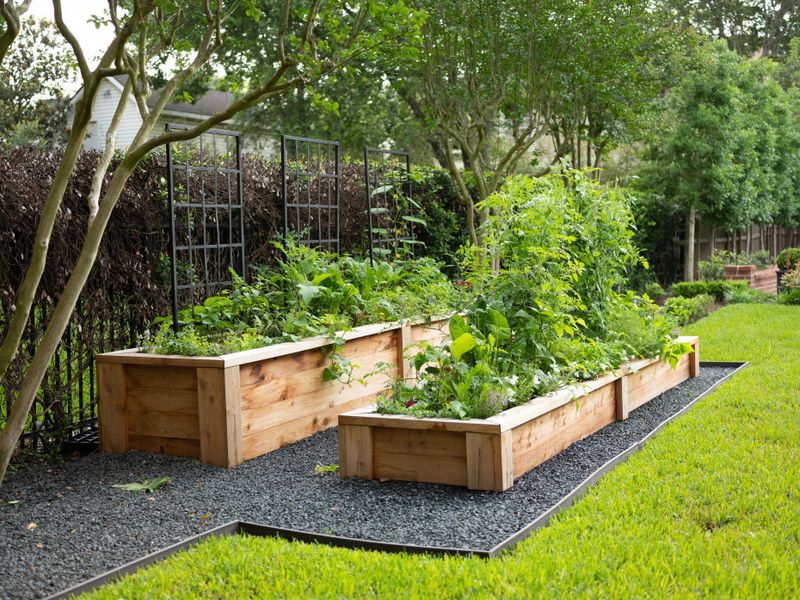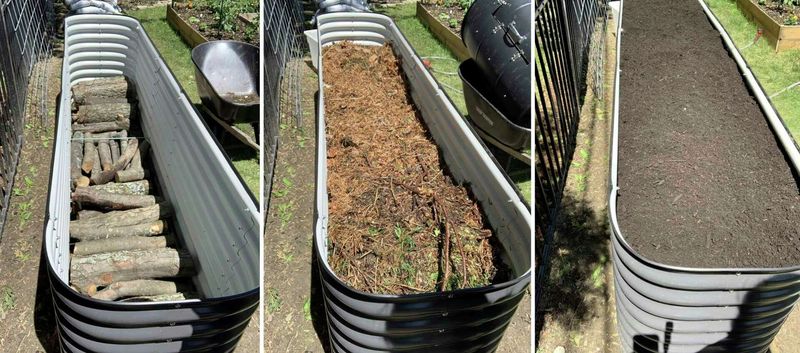Think any raised bed depth will do? Not quite. The depth of your bed can make or break your plants’ health, growth, and yield. Go too shallow, and roots get cramped. Too deep? You might waste time, money, and soil.
Here’s how deep your raised bed really needs to be—and why getting it right makes all the difference.
1. Match Depth to Root Systems
Different plants have different root depths, so consider what you’ll be growing before building your bed. Leafy greens and herbs can thrive in just 6-8 inches of soil, while root vegetables need at least 12 inches to develop properly.
Tomatoes, peppers, and eggplants have deeper root systems that benefit from 18-24 inches of soil depth. Planning your garden bed depth around your plant choices saves you from disappointment when harvest time comes around.
2. Aim for 12 Inches Minimum
For most garden vegetables, a minimum depth of 12 inches provides enough space for healthy root development. This depth strikes a good balance between cost and function, giving plants adequate room without requiring excessive materials or soil.
Many popular crops like lettuce, spinach, beans, and radishes will grow beautifully in this depth. If you’re a beginner gardener working with limited resources, this is your sweet spot for getting started with raised bed gardening.
3. Go Deeper for Perennial Plants
Perennial plants that stay in your garden for years need deeper beds to accommodate their extensive root systems. Asparagus, rhubarb, and artichokes benefit from beds that are 18-24 inches deep, giving them room to establish strong foundations.
The extra depth allows these long-term plants to weather seasonal changes and drought conditions better. Since you won’t be disturbing the soil annually, investing in proper depth now means healthier, more productive plants for many growing seasons to come.
4. Consider the Double-Dig Technique
The double-dig method combines raised bed height with loosened soil below for exceptional root growth. Start with a 12-inch raised bed, then loosen another 12 inches of soil underneath before filling your bed.
This gives plants access to a full 24 inches of workable soil without requiring as much fill material. Your plants will thank you with stronger growth and better yields as their roots can penetrate deeper into this prepared growing environment.
5. Factor in Your Climate
Garden beds in hot, dry regions benefit from greater depth to help retain moisture and protect roots from extreme heat. In these climates, aim for at least 18 inches of soil to provide a buffer against temperature fluctuations.
Conversely, in very rainy areas, deeper beds with 6-8 inches of drainage material at the bottom prevent waterlogging. Your local climate should influence your bed depth decisions just as much as your plant selections.
6. Create Tiered Depths for Diverse Planting
Maximize growing space by building beds with varying depths in different sections. The deepest part (18-24 inches) can house root vegetables and perennials, while shallower sections (8-12 inches) work for greens and herbs.
This smart design strategy lets you grow a wider variety of plants in a single bed while using soil efficiently. You’ll save on materials while creating specialized growing environments that meet each plant’s specific needs.
7. Account for Settling and Mulching
Fresh garden soil typically settles 1-3 inches after the first watering and continues compacting over time. Build your beds a few inches taller than your target depth to compensate for this natural settling process.
Remember to leave additional space for a 2-3 inch layer of mulch on top, which helps retain moisture and suppress weeds. What might start as an 18-inch bed could effectively become 13-15 inches deep after settling and mulching.
8. Adapt Depth for Limited Mobility
For gardeners with back problems or limited mobility, taller beds ranging from 24-36 inches provide easier access without bending. These elevated beds bring the growing area closer to waist height, making gardening more comfortable and accessible.
The extra depth also benefits plants by providing more soil volume. Just be sure to include adequate drainage holes if building beds this tall, as water must have a way to escape from the bottom.
9. Balance Cost with Functionality
Deeper beds require more materials and soil, significantly increasing your setup costs. A practical approach is starting with 12-inch beds for most vegetables, then adding height only where specific plants demand it.
Calculate soil volume before building to avoid sticker shock when filling your beds. For example, a 4’×8′ bed at 12 inches deep needs about 32 cubic feet of soil, while the same bed at 24 inches requires 64 cubic feet—a substantial difference in cost.
10. Use Hugelkultur for Deep Benefits
Hugelkultur is a technique where logs, branches, and woody debris form the base of your bed, creating depth without using expensive soil. As these materials break down, they release nutrients and create air pockets for roots.
This method mimics forest floor conditions and works wonderfully for beds 18-36 inches deep. The decomposing wood acts like a sponge, holding moisture during dry spells and reducing the need for frequent watering once established.

